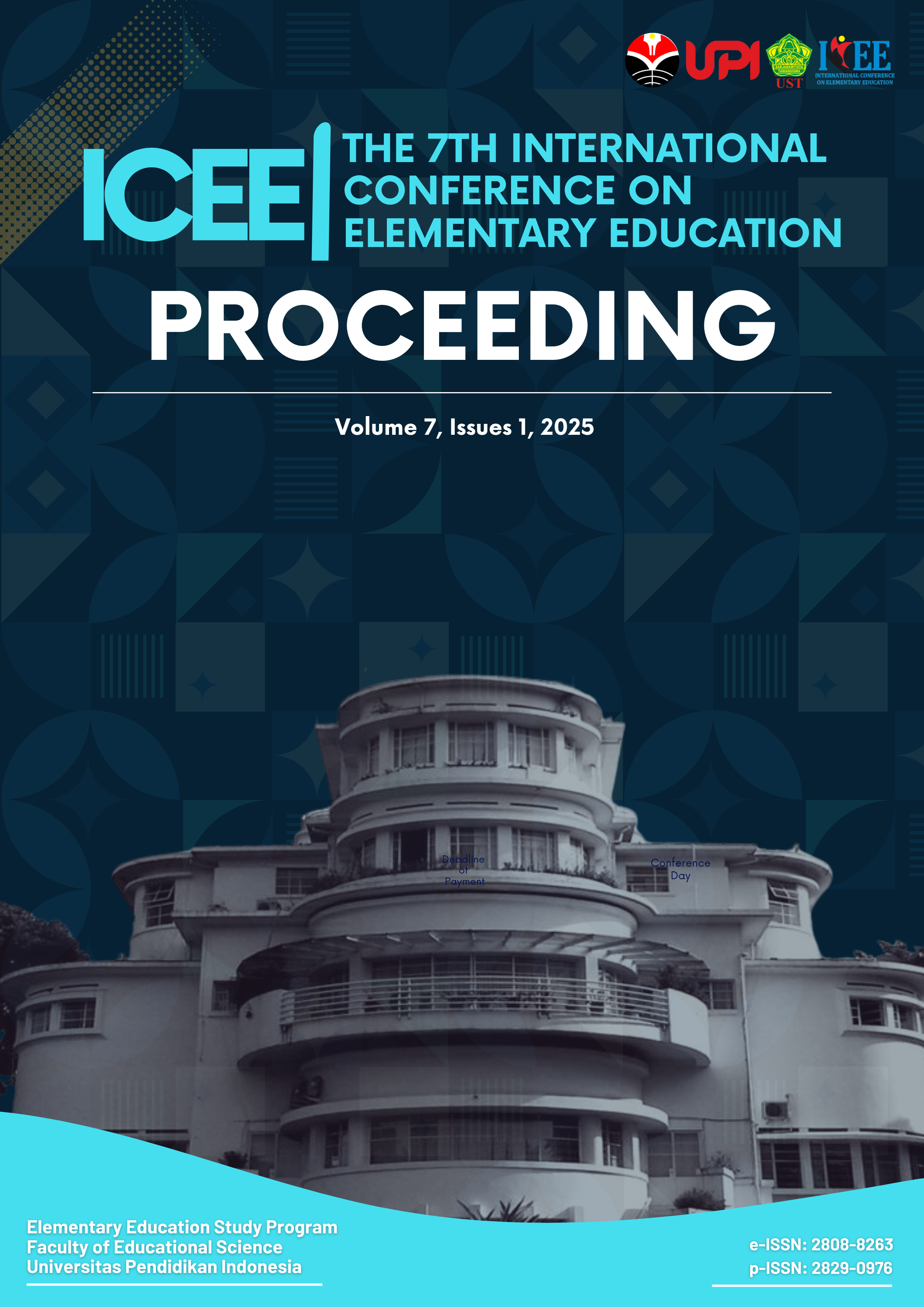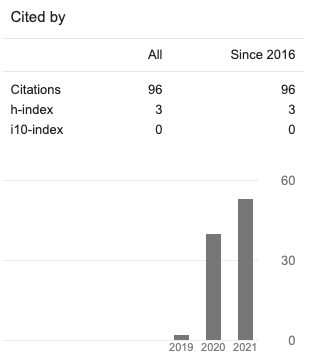Analysis of Students' Ability in Solving Numeracy Problem
Abstract
Numeracy plays a crucial role in equipping students with fundamental mathematical skills essential for daily life and understanding more complex mathematical concepts in the future. The challenges faced by elementary school students in developing numeracy literacy may involve grasping mathematical concepts, applying them in real-life situations, and solving mathematical problems. However, in reality, based on previous research, students encounter difficulties in solving numeracy literacy problems. Given these challenges, there is a need for further research. The objective of this study is to investigate students' abilities and difficulties in solving mathematical problems. This qualitative descriptive research aims to depict and evaluate students' numeracy literacy skills when tackling contextual mathematical problems. The subjects of this study are five fifth-grade students from an elementary school in Bandung, West Java. These students are divided into three groups based on their mathematical proficiency levels: high, medium, and low. The research findings indicate that the majority of students face challenges in answering numeracy literacy questions. Factors contributing to difficulties in solving numeracy literacy problems include lack of careful reading and analysis of the problems, unfamiliarity with solving analysis-related questions, and insufficient basic mathematical skills. This research is expected to help assess students' numeracy literacy skills and provide a better understanding of how well students can apply mathematical concepts in real-world contexts.
Copyright (c) 2025 Enung Siti Nurfarijah, Tatang Herman

This work is licensed under a Creative Commons Attribution 4.0 International License.















